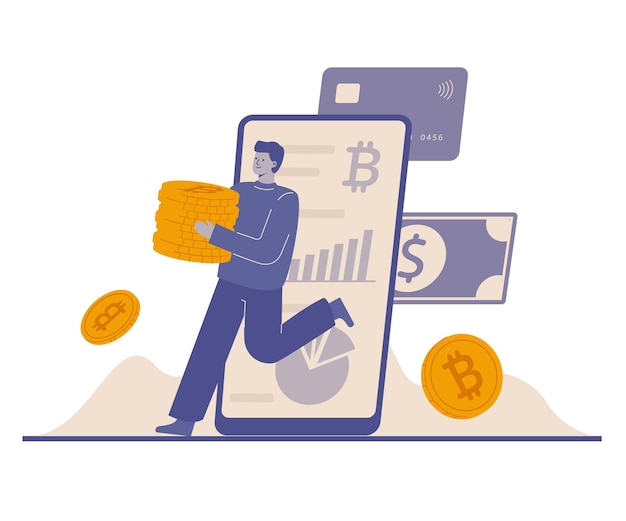Did you know that student loans have become the second biggest source of consumer debt in the U.S., only behind mortgages? That’s right, they’ve even surpassed credit card and car loan debt. And for many folks, this debt is becoming a real problem. Every year, over a million borrowers default on their student loans. It’s predicted that by 2023, up to 40% of all borrowers could default.
Defaulting on student loans can lead to some serious consequences, like wage garnishment and a ruined credit score, making it really hard to get another loan. But don’t worry, there are several repayment options for federal student loan borrowers, including deferment and forbearance, student loan consolidation, and income-driven repayment (IDR) plans.
If your federal student loan payments are too high compared to your monthly income or are making it hard to afford basic necessities, you can lower your monthly student loan payment by using one of the various IDR plans. However, if you have private student loans, these federal options won’t be available to you.
So, how do IDR plans work? Normally, federal student loans are repaid over 10 years. But if you have a high debt balance, low income, or both, the standard repayment plan might not be affordable for you. If your payments are more than 10% of your calculated discretionary income, you qualify for the federal definition of “partial financial hardship.” This means you can have your monthly payments reduced.
IDR plans set your payments according to your income and family size. The best part? If you have a balance remaining after completing your set number of payments, your debt may be forgiven. This can be a lifesaver for recent graduates who are not yet employed, are underemployed, or are working in a low-salary field.
IDR plans calculate your payment as a percentage of your discretionary income, which is the difference between your adjusted gross income (AGI) and a certain percentage of the poverty level for your family size and state of residence. Some borrowers even qualify for a $0 repayment on an IDR plan, which can be a huge help for people dealing with unemployment or low wages.
Any of your student loans enrolled in an IDR program are eligible for student loan forgiveness. This means that if you make the required number of payments for your IDR plan and you have any balance remaining at the end of your term, the government wipes out the debt, and you don’t have to repay it.
There are two types of forgiveness available to those in an IDR program: the basic forgiveness available to any borrower enrolled in IDR and public service loan forgiveness (PSLF). The PSLF program forgives the remaining balance of borrowers who’ve made as few as 120 qualifying payments while enrolled in IDR. To qualify, borrowers must make payments while working full-time for a public service agency or nonprofit.
However, it’s important to note that forgiveness is not always as beneficial as it sounds. After making 20 to 25 years of IDR payments, the average borrower doesn’t have any balance remaining to forgive. And if the government does forgive your balance, the IRS counts that as income, which means you have to pay income taxes on the amount forgiven.
There are four IDR plans for managing federal student loan debt. They all let you make a monthly payment based on your income and family size. But each differs according to who’s eligible, how your loan servicer calculates your payments, and how many payments you have to make before you qualify for forgiveness.
To enroll in an IDR plan, contact your student loan servicer. They can walk you through applying for IDR and recommend the most beneficial plan for your unique situation. You must complete an income-driven payment plan request, which you can fill out online at Federal Student Aid or use a paper form your servicer can send you.
Remember, if you’re struggling to repay your student loans or facing the possibility of default, an IDR plan probably makes sense for you. But they aren’t without their drawbacks. It pays to research all your options, including the possibility of picking up a side gig to get those student loans paid off faster. The faster you can get rid of the debt, the better.
